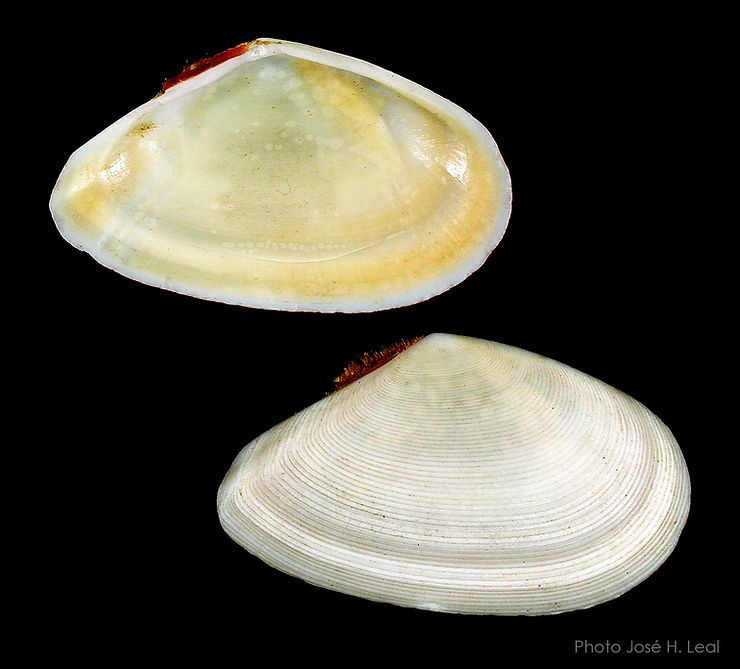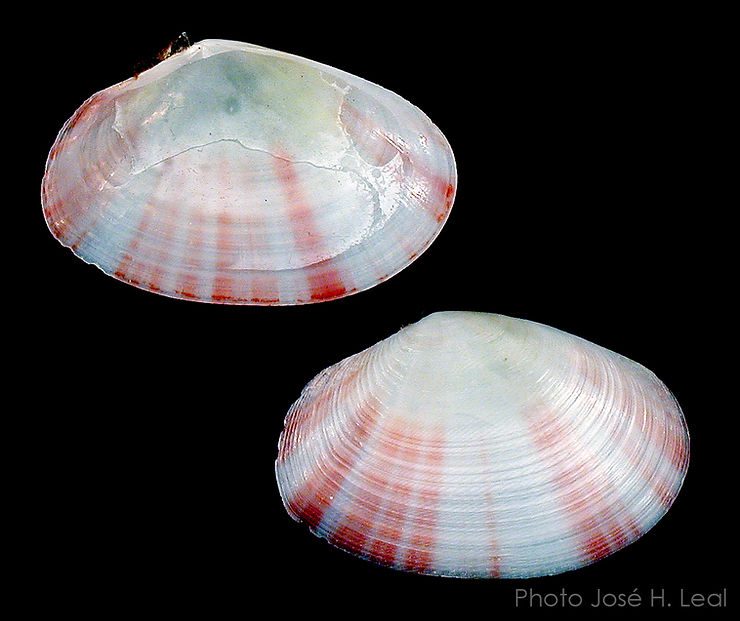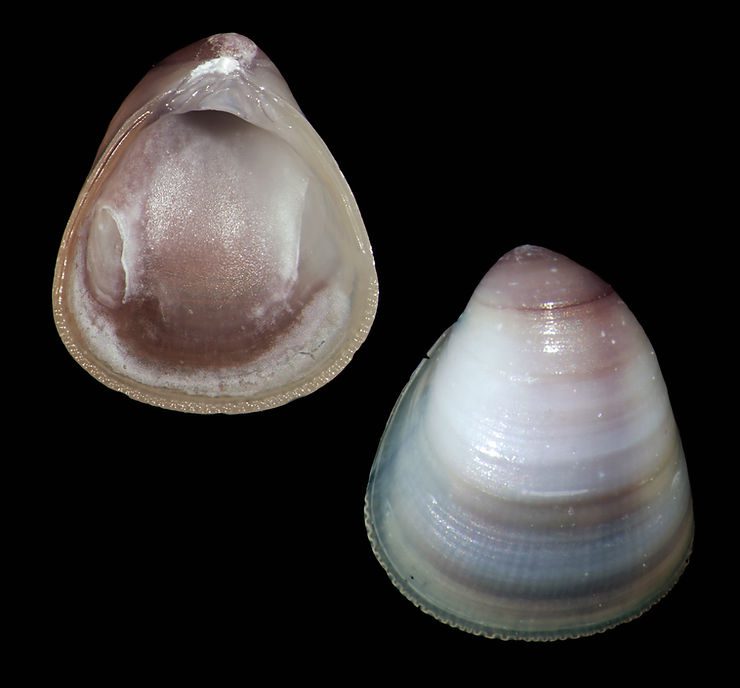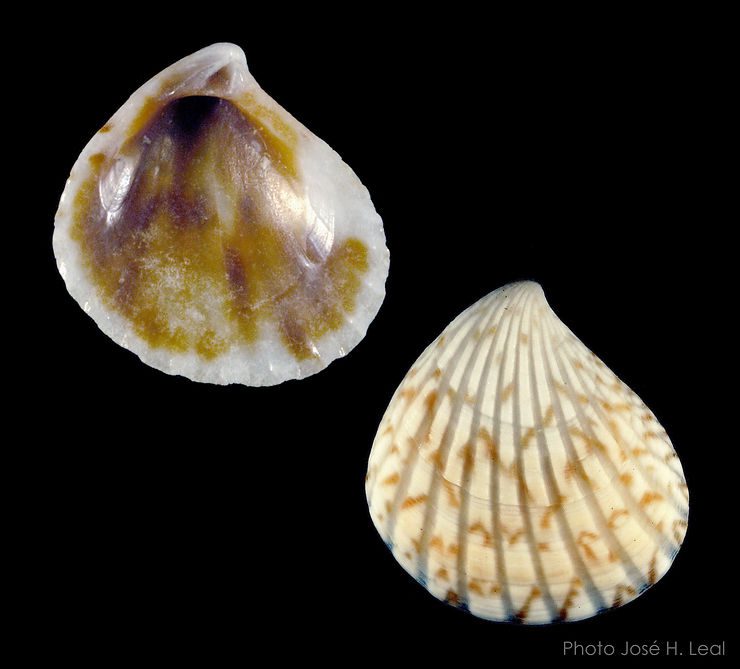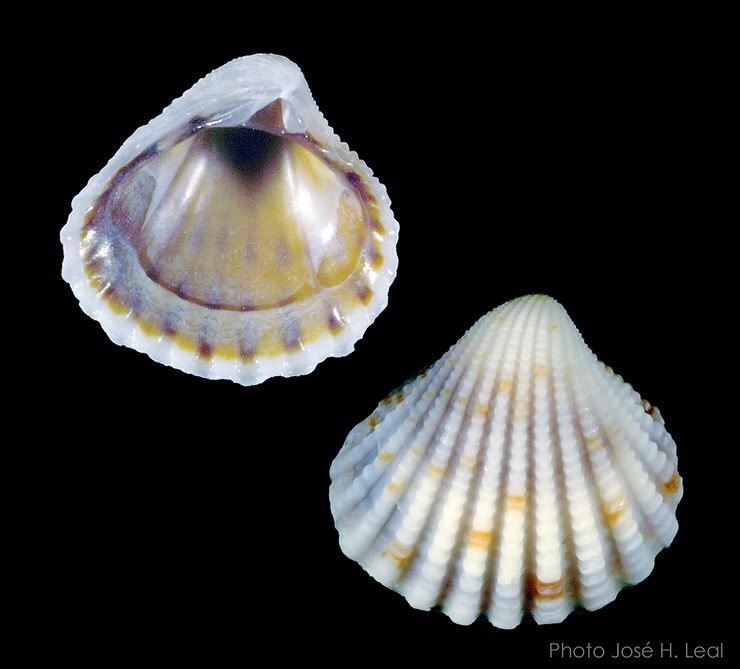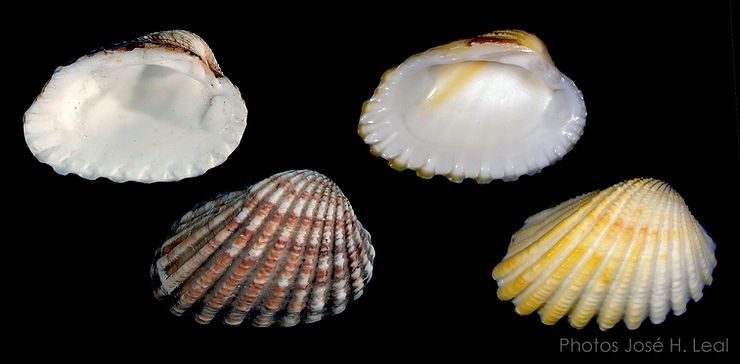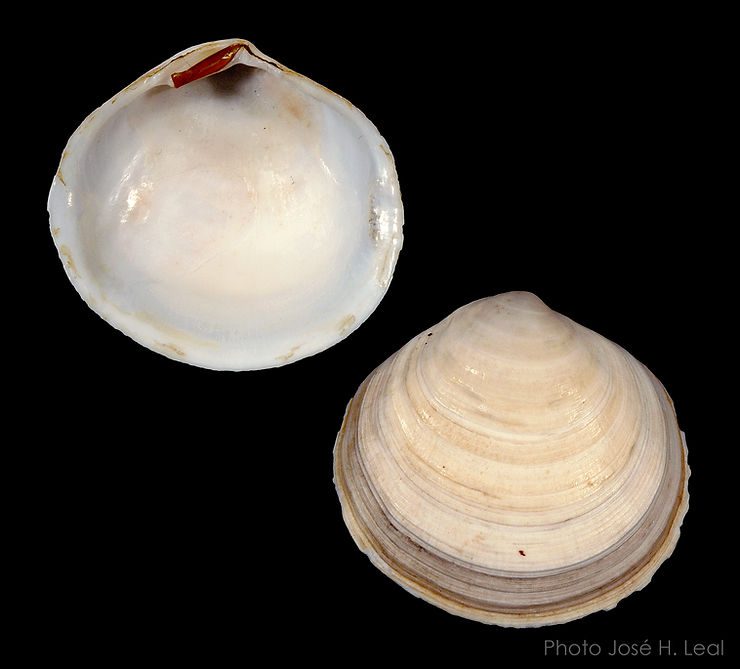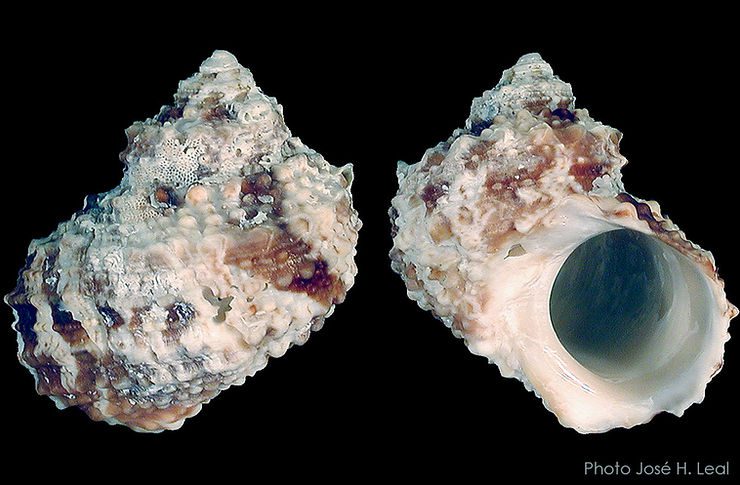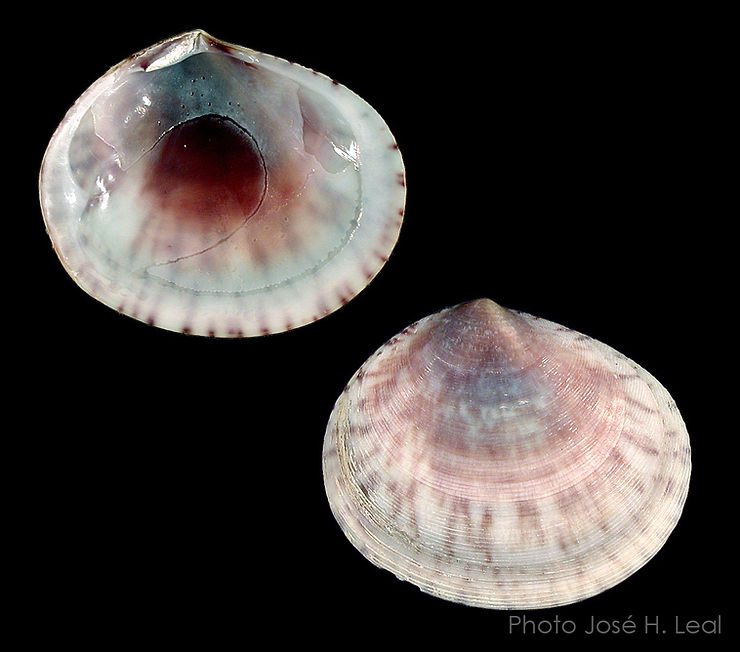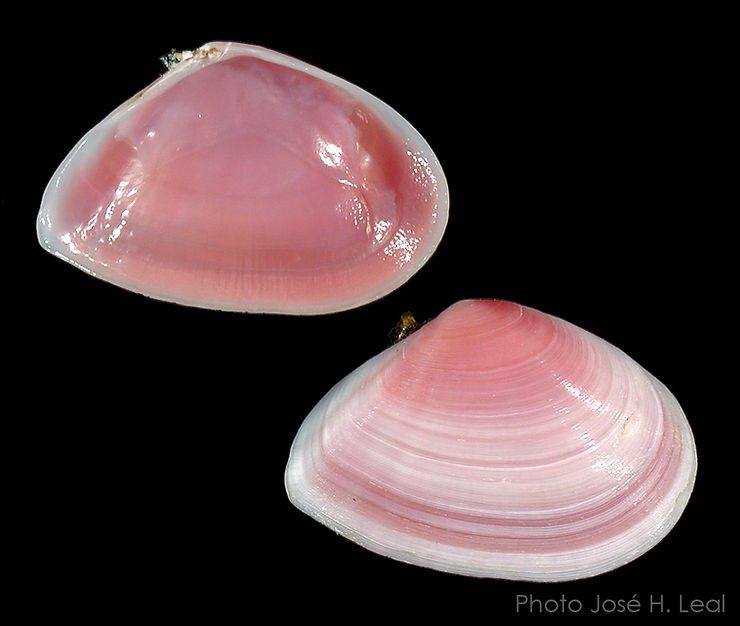
The Rose Petal Tellin
We continue the overview of local Tellins with a brief presentation of the Rose Petal Tellin, Eurytellina lineata (Turton, 1819). The 1–1.5 inch-long bivalve is, together with its “sister”, the Alternate Tellin, one of the most common local species of the family Tellinidae. Thanks to the bright pink color of one of its varietals, it is one of the species preferred by local shell crafters. The Rose Petal Tellin can also be white, sometimes with a little wisp of pink color near the apex (the bival
